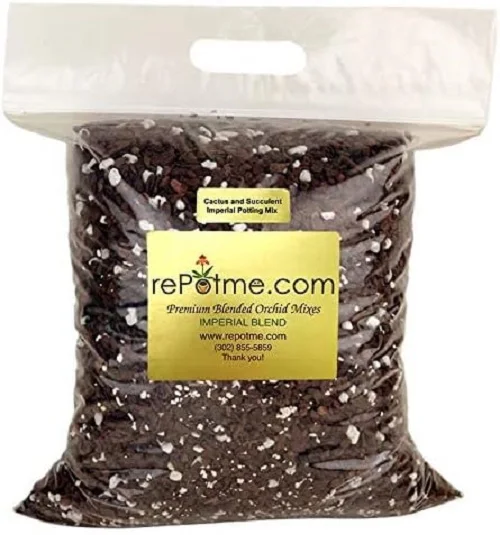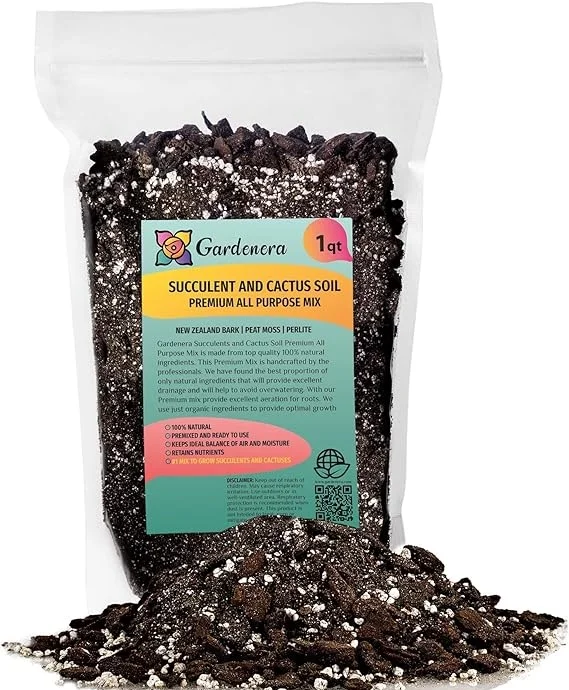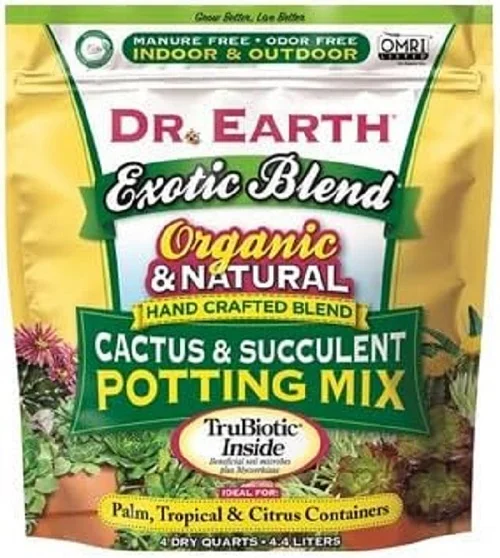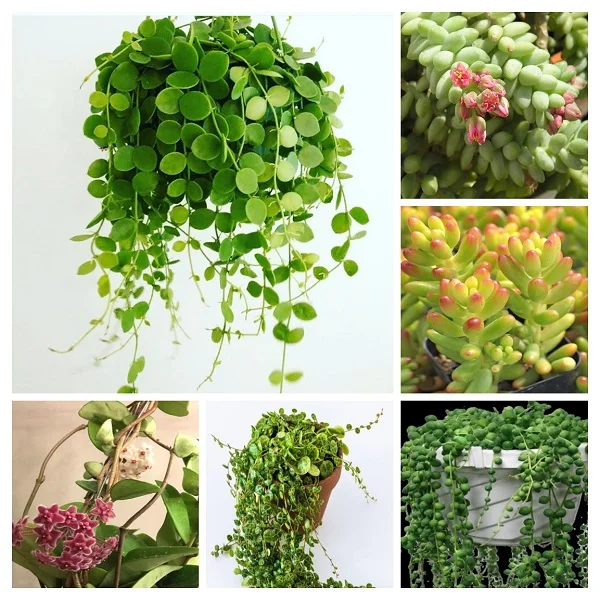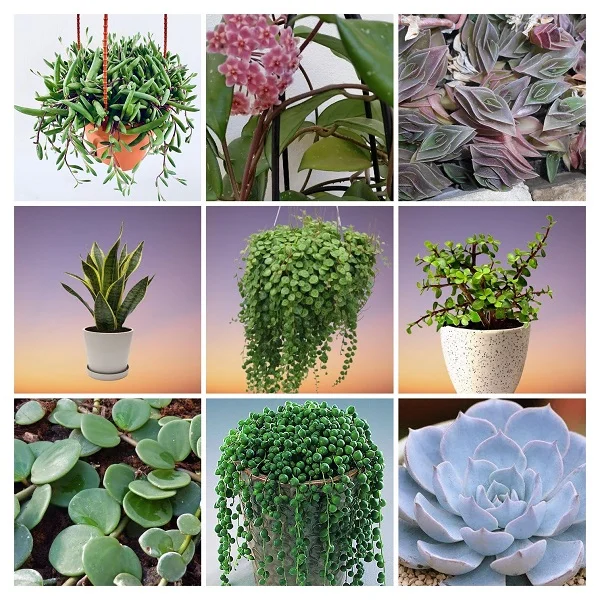German Ivy (Senecio mikanioides) Care Indoors, Common Problems and Remedies
Some links in this post may be affiliate links
German Ivy (Senecio mikanioides) grows best in medium to bright indirect light, moderate warmth, average humidity and moderately moist, rich, well-drained soils coupled with fortnightly feeding in the growing season.
Senecio mikanioides also called Cape Ivy or Parlour Ivy among the fast-growing, climbing Senecio varieties and bears fleshy, glossy, lobed leaves and clusters of bright yellow daisy-like flowers.
Though called an ivy, Senecio mikanioides is not a True Ivy as it is more vigorous and is less affected by warm and dry conditions than a true ivy. The German Ivy leaf lobes are fleshier and generally more pointed and the leaves have several pointed lobes.
Like for Scrambling Groundsel (Senecio angulatus), the Cape Ivy stems can be allowed to hang downwards in a hanging basket or trained up a moss pole or a trellis. They are some of the best plants for hanging baskets.
Parlour Ivy growth can be controlled by regular pinching of the growing tips to encourage a bushy growth and to prevent it from becoming unruly.
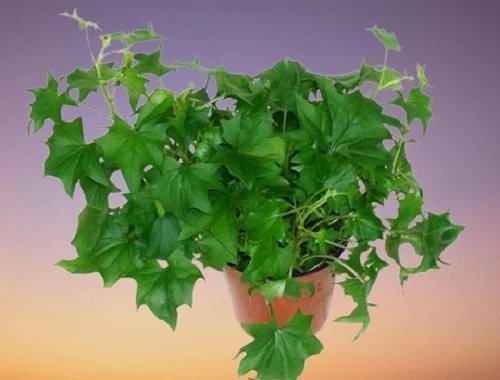
Botanical name: Senecio mikanioides
Synonym: Delairea odorata
Family: Asteraceae
Common names: German Ivy, Senecio German Ivy, Cape Ivy, Parlour Ivy
Origin
Senecio mikanioides also called Delairea odorata is native to South Africa where it grows as a vine that climbs up trees and can reach a height of 5 metres in the wild.
Flower
Senecio German Ivy produces clusters of bright yellow daisy-like flowers through out the growing season.
Invasiveness
According to Greater Wellington Pest and Weed Central, Senecio mikanioides has been found to be invasive. It is not recommended to be planted in the ground as given time, it will smoother trees. To counter this invasive nature, always destroy the underground rhizomes before discarding as they easily resprout if left on the ground.
Is German Ivy toxic to pets?
German Ivy is toxic to both humans and pets as indicated by ASPCA. If ingested, it can cause vomiting, diarrhea and abdominal pains. Keep it away from the reach of children and pets.
Why grow German Ivy indoors?
- Fast growth: It quickly fills empty spaces with lush vines.
- Low maintenance: It requires minimal care once established.
- Adaptable: It thrives in various lighting conditions.
- Versatile: Perfect for hanging baskets, trellises, or as ground cover.
Where to Buy
If you would like to add Senecio German Ivy to your plant collection, they are available online on Etsy (Link to Etsy).
How to care for German Ivy indoors
Whether you are a beginner or an experienced plant enthusiast, this guide will provide everything you need to know about growing and caring for German Ivy indoors.
To care for German Ivy give it medium to bright indirect light, moderate warmth of 18-270C, average humidity of 50-55% and moderately moist, fertile, well-drained, succulents potting soils coupled with fortnightly feeding during the growing season.
Senecio mikanioides care also requires pruning to keep the plant neat, to reduce pest and disease infestations, to encourage a bushy, compact growth and to rejuvenate growth. Repotting is only needed every 2-3 years when the plant becomes pot-bound. Keep reading for more on these growing conditions and how to achieve them.
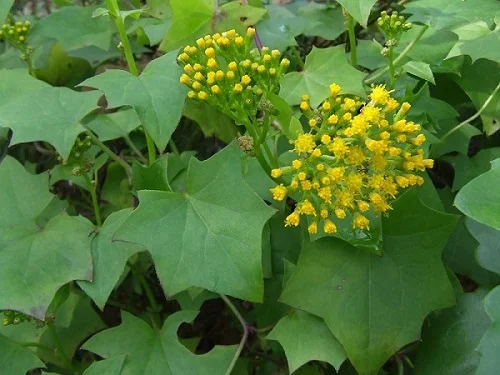
Watering
Water your German Ivy thoroughly during the growing season and allow the top 2-3 inches of soil to dry out between waterings. Maintain the soil moderately moist and avoid overwatering as it can lead to yellow leaves and rotting stems.
Decrease watering in the cold period as growth is minimal at this time. Do not allow the soil to dry out completely as it can lead to browning, wilting and leaf drop.
Make sure that the pot has a draiange hole to prevent the soil from getting soggy as it can lead to rotting and death of the plant.
Light Requirements
Does German Ivy like sun or shade?
German Ivy grows best in medium to bright indirect light (dappled light). Keep it away from direct sunlight to avoid scorching; crispy edges and brown marks on the leaves.
Too little light will result in slow growth and leaves can become pale and sparsely spaced (leggy growth). Move the plant to a brighter spot or use a grow light where the natural light is insufficient.
Pro tip: Regularly turn the pot to ensure that the plant receives light on all sides for uniform growth and prevent legginess.
Temperature and Humidity
Senecio German Ivy prefers average warmth of 18-270C. A room temperature that is comfortable for you is ideal for this plant. Keep it away from drafts to prevent sudden changes in temperatures which can cause sudden leaf drop.
Parlour Ivy has no need for extra humidity. Average room humidity of 50-55% is adequate for this plant. However, too low humidity can result in brown leaf tips and edges. To increase humidity, set the pot on a wet pebble tray or use a humidifier.
Pro tip: Ascertain that there is good air circulation for the plant to prevent fungal diseases.
Fertilizer
Feed your German Ivy every 2-3 weeks during the growing season with a balanced, water-soluble fertilizer to enhance growth. Withhold fertilizer in the cold season as growth is reduced at this time and feeding at this time can lead to fertilizer burn.
Potting Mix
The best potting mix for Senecio German Ivy is cactus and succulents mix as the plant is prone to root-rot which is prevalent in poorly drained soil. Cactus and succulents soil is loose enough and drains easily, therefore, does not get soggy.
Repotting
Repot Cape Ivy every 2-3 years during the growing period only when it becomes pot-bound. Use a pot which is 1 size larger than the current one. Ensure that the pot has a drainage hole to prevent the soil from getting soggy as it can lead to rotting. Check out these ceramic pots with drainage holes on Amazon.
Pruning and Grooming
Pruning German Ivy involves:
- Removal of yellow and dead leaves to maintain the plant neat and also discourage pest and disease infestations.
- Pinch off the growing tips to encourage a bushy and compact growth. You may choose to use the tips to propagate new plants.
- Cutting back the leggy stems with a sharp, clean pair of pruning scissors to rejuvenate growth and encourage a bushy growth.
Occasionally clean the leaves under a stream of running water to get rid of dust and discourage pest infestation.
Propagation
German Ivy (Senecio mikanioides) propagatation is best done at the beginning of the growing season from the stems. They root easily so there is no need for a rooting hormone. The stems can be rooted in 3 ways.
Read more on 3 Methods of German Ivy (Senecio mikanioides) Propagation.
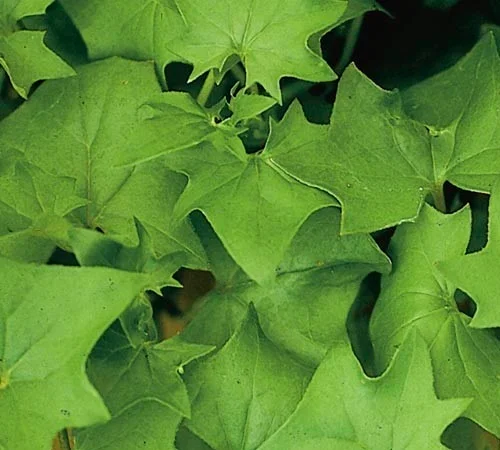
German Ivy Common Problems with Remedies
German Ivy (Senecio mikanioides) problems include brown leaves, leggy growth,, wilting leaves, black leaves, yellow leaves pests and diseases among others. Read on for more on these problems,their remedies and solutions.
Brown leaves
Why are the leaves on my German Ivy turning brown?
The main causes of brown leaves on your German Ivy are low humidity, underwatering, temperature stress, and direct sunlight.
How to fix it
Low humidity: Set the pot on a wet pebble tray, use a humidifier or grow the plant in a well-lit bathroom or laundry area.
Underwatering: Water when the top 2-3 inches of soil dry. Never allow the soil to dry out completely.
Direct sunlight: Keep the plant away from direct sunlight or instal a light curtain or sheer to filter the sunlight.
Temperature stress: Keep your plant away from drafts (windy doors, drafty windows, air conditioning units, heat sources among other).
Wilting leaves
Why is my German Ivy wilting?
Your German Ivy is wilting due to underwatering, direct sunlight and high temperatures.
How to fix it
Underwatering: Water the plant immediately it starts to droop and it should perk up. Do not allow the soil to dry out completely.
Direct sunlight: Avoid exposing the plant to direct sunlight. Give it indirect light.
High temperatures: Keep the plant away from hot drafts coming from AC units, heat vents, stoves and other heat sources.
Black leaves
Why are the leaves on my German Ivy turning black?
The leaves on your German Ivy are turning black due to root-rot which is prevalent in soggy soil.
How to fix it
- Carefully, slip the plant out of its pot and inspect the roots.
- Brown-black mushy roots indicate root-rot, trim them off and treat the healthy roots with a copper-based fungicidal solution.
- Disinfect the pot with the fungicidal solution or use a fresh pot to repot the plant in fresh free-draining soil.
- Withhold watering and keep the plant dry for 5-7 days before you resume watering.
- To prevent root-rot in the future, use a pot with a drainage hole and well-drained soil.
- Avoid overwatering in the cold season as growth is minimal at this time, therefore, the plant does not require much water.
Yellow leaves
Some of the causes of yellow leaves on German Ivy are overwatering and soggy soil.
How to fix it
Overwatering: Water the plant when the top 2 inches of soil have dry. Do not water on a schedule.
Soggy soil: Use well-draining soil and a pot that has a drainage hole.
Diseases
German Ivy is prone to leaf spot disease which is prevalent in too wet conditions.
- Isolate the affected plant, cut and discard the affected leaves to prevent spread to other plants.
- Spray the affected plant with a systemic fungicide as recommended by the manufacturer.
- To minimize the disease infestation, ensure that there is good air flow around your plant at all times.
Pests
Common pests in Senecio German Ivy are whiteflies, spider mites, mealybugs and aphids. Isolate the affected plant to prevent spread to other plants and treat it with neem oil or insecticidal soap. Ensure to follow the manufacturer's instructions.
Leggy growth
Leggy growth in German Ivy is caused by too little light. Move the plant to a brighter spot or instal a grow light if the natural light is not adequate.
Frequently Asked Questions
1. How much sunlight does German Ivy need?
German Ivy thrives in bright indirect light but can tolerate some direct morning sun.
2. How often should I water German Ivy?
Water German Ivy when the top 2 inches of soil is dry. Avoid overwatering.
3. Can German Ivy grow in low light?
German Ivy can survive in moderate light, but too little light may cause leggy growth.
4. Why are my German Ivy’s leaves turning yellow?
Yellowing is often due to overwatering or poor drainage. Ensure the soil dries slightly between waterings.
5. Can I grow German Ivy in water permanently?
Yes. German Ivy can survive in water indefinitely, but for long-term health, transferring to soil is recommended.
6. How fast does German Ivy grow?
German Ivy is a fast-growing vine and can reach several feet long in a single growing season.
7. Is German Ivy toxic to humans?
Yes, German Ivy is toxic to both humans and pets if ingested. Keep it out of reach of children, cats and dogs.
You liked it? Share on social media.
Related Content
Amazon Associates Disclosure
Homeplantsguide.com is a participant in the Amazon Services LLC Associates Program, an affiliate advertising program designed to provide a means for sites to earn advertising fees by advertising and linking to amazon.com.
